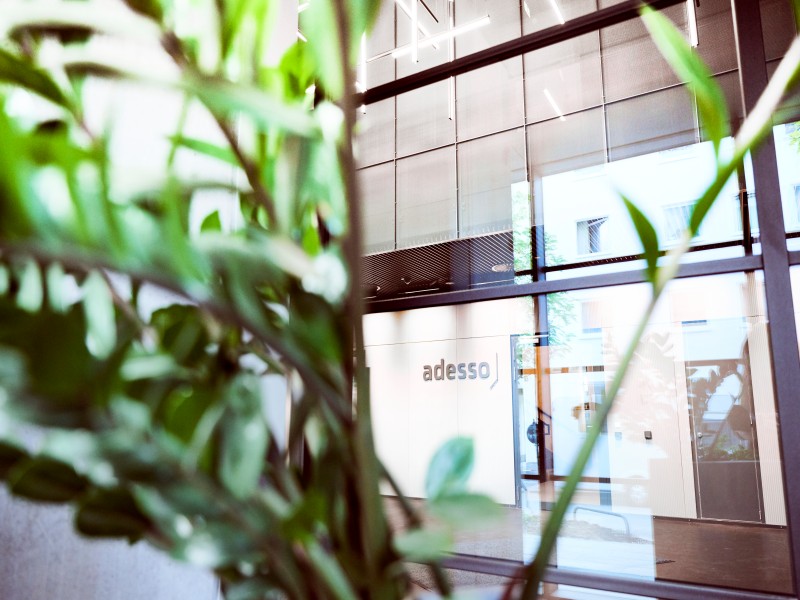13. April 2023 By Stephen Lorenzen, Maximilian Hammes and Jonas Schnorrenberg
Europe relies on liquefied natural gas (LNG) – a look at the current European LNG situation
On 22 February 2023, we reported on the progress of the German LNG projects. In addition to long-term plans for three fixed LNG terminals in Wilhelmshaven, Brunsbüttel and Stade (which will be commissioned in 2025/2026), the focus is currently on using six floating terminals as an interim solution: Wilhelmshaven I + II, Lubmin I + II, Brunsbüttel and Stade.
However, following Russia’s invasion of Ukraine, our European neighbours are also focusing on efficiency measures and increased LNG imports from non-Russian sources in order to reduce the continent’s dependence on Russian gas by at least 155 billion cubic metres by 2030.
But what about the LNG situation across Europe? We will give you a brief overview in our blog post.
A quick refresher: what is LNG again?
Liquefied natural gas (LNG) is natural gas that is cooled down to a liquid state at -162°C to make it easier to store and transport. LNG can be transported by ship, lorry or rail to places that conventional natural gas pipelines cannot reach. Generally, the gas is first liquefied in its country of origin, then it is transported by ship and regasified at its destination before being fed into the existing gas grids. A distinction is made between land-based and floating LNG terminals: Tankers loaded with liquefied natural gas can dock at the permanently installed, land-based LNG terminals. The LNG is converted back into its gaseous state at these terminals – regasified – and then fed into the gas grid on land. There are also floating LNG terminals. Specialised vessels, known in the industry as ‘Floating Storage and Regasification Units’ (FSRUs), act as these floating terminals on which the liquid natural gas can be converted and piped ashore.
Figures, data and facts about European LNG
LNG accounted for 24 per cent of the EU’s total natural gas imports in 2021 – the rest was supplied via pipelines, mainly from Russia, Norway, the UK and Algeria. While total net natural gas imports in the EU in the fourth quarter of 2021 had increased by 2.8 per cent, LNG imports increased by 33 per cent, whereby an increase of 53 per cent was recorded in December. LNG imports for January and February 2022 more than doubled in comparison to the previous year. To date, the following countries in the EU import LNG: Germany, Italy, Finland, Estonia, Portugal, France, Belgium, the Netherlands, Greece, Poland, Lithuania, Croatia, Malta and Spain.
Implications for LNG infrastructure projects in the EU
Russia’s conflict and invasion of Ukraine at the end of February 2022 have significantly disrupted the natural gas markets in Europe. As the conflict has developed, EU countries have adopted measures and sanctions against Russia and plan to reduce dependence on Russian gas imports in the short to medium term. The Nord Stream 2 project in particular, a pipeline between Russia and Germany with a planned capacity of 55 billion cubic metres per year, has been suspended. European countries are now looking at other supply options, particularly developing and expanding LNG terminals.
In light of this, new projects for LNG import terminals have been launched in many European countries and projects that have already been announced have been accelerated.
What have the European partners planned?
Especially countries that receive a large part of their gas imports via Russia are intensifying their plans to reduce their dependence in the short and medium term: Germany (about 50 per cent of Russian gas in 2021), Italy (40 per cent), Finland and Estonia (100 per cent). Other EU countries (including France, the Netherlands, Greece and Croatia) are also developing strategies to reduce dependence on Russian gas imports. The following projects have been announced or implemented since Russia’s invasion of Ukraine (February 2022) (last updated on March 2023):
- Germany: As outlined in the last blog post, the German Federal Government is currently seeking three land-based LNG terminals and six FSRUs.
- Italy: Italian gas grid operator Snam is currently preparing to increase capacity using two FSRUs (Golar Tundra and BW Singapore, both with an annual volume of five billion cubic metres of gas) that are to be stationed for three years in Piombino (Tuscany) and Ravenna (Emilia-Romagna) respectively. At least one FSRU is set to be commissioned in spring 2023. Other plans include the relaunch of the Porto Empedocle LNG terminal project in Sicily with an annual regasification capacity of eight billion cubic metres per year. Plans to expand the capacity of the currently existing Adriatic LNG expansion terminal are also being discussed.
- Finland and Estonia: Last October, Finland and Estonia agreed to place an FSRU named ‘Exemplar’ in the Finnish port of Inkoo. The commissioning of the FSRU Exemplar began in December 2022. It can provide a regasification capacity of more than five billion cubic metres per year and will supply Finland, Estonia and other Baltic states under a 10-year charter contract agreed to with Excelerate in May 2022.
- France: The FSRU project in Le Havre in Normandy would enable France to increase its regasification capacity by around five billion cubic metres per year. Operator TotalEnergies plans to commission the FSRU in Le Havre in September 2023 and provide an annual capacity of up to 2.5 billion cubic metres per year, which could cover almost ten per cent of France’s gas consumption.
- Netherlands: The FSRU in Eemshaven, Netherlands, has a capacity of eight billion cubic metres per year. This terminal was put into operation back in September 2022. It has been operating at full capacity since the beginning of December 2022.
- Greece: Two terminals are currently being planned and implemented in Greece: the first FSRU, named Thrace, is located in the Aegean Sea off the coast of Greece (in the Thracian Sea off the coast of Alexandroupolis) and would deliver a maximum of 5.5 billion cubic metres per year. Operator Gastrade has planned the commercial operation of the project for the fourth quarter of 2023. The second FSRU, named Argo, is planned to be built in the port of the city of Volos and would have an annual capacity of 5.2 billion cubic metres per year. In November 2022, operator MedGas announced that the commissioning of the FSRU would be delayed until an expected start date in the first quarter of 2025.
- Croatia: The Croatian government has decided to expand the capacity of its LNG terminal on the island of Krk from the current figure of 2.6 billion cubic metres per year to over 6.1 billion cubic metres per year.
Conclusion
It is clear that Germany’s efforts to diversify its gas supply in order to move away from Russian supplies are not the only ones in full swing, but rather the same is happening with the efforts across Europe. Lots of announced LNG terminal projects are being implemented at the moment. Particularly EU nations that are highly dependent on Russian gas supplies, such as Italy (two FSRU projects as well as plans to renew terminals and expand their capacities) and Finland and Estonia (one cooperative FSRU project) feel obliged to act in the short and medium term. Other countries that are making efforts to develop their own LNG import infrastructure include France (one FSRU project), the Netherlands (one FSRU project), Greece (two FSRU projects), and Croatia (expansion of one FSRU project). Things in the European LNG market are getting exciting. So stay tuned! We will keep you up to date!
You will find more exciting blog posts from the adesso world in our latest blog posts.
Also interesting



